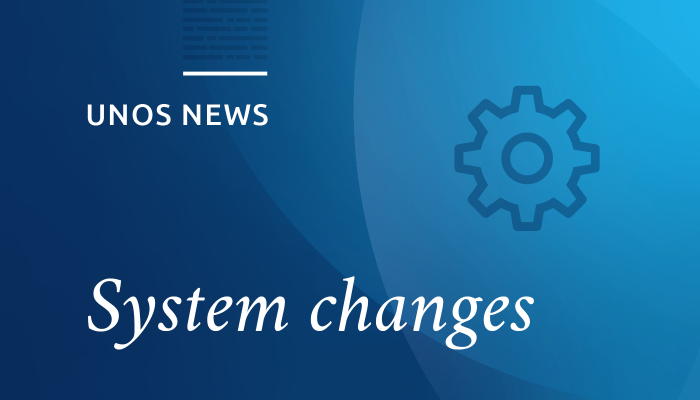Audience
Transplant center data coordinators and other users who enter living donor follow-up data in TIEDI®.
Implementation
The following changes were implemented on March 14 2018.
At-a-glance
UNOS released a new enhancement to TIEDI to allow transplant center staff to perform actions that are currently restricted, and require you to submit a service request to UNOS:
- Reporting a living donor status as “Not Seen” on the living donor follow-up (LDF) form.
Details
Reporting a Living Donor as “Not Seen”
As of March 14, 2018, the status of “Not Seen” is available in the “Most Recent Donor Status” field on the LDF form. You should use this status only if new donor information is not available during a follow-up period.
When reporting a living donor as “Not Seen”, the only fields required for validation are:
- Date of last contact or death
- Most Recent Donor Status
Please enter the date that the living donor was last seen; in most cases this date may be the same as the previously validated status date, which is available in the “Most Recent Donor Status” section. A “not seen” status will allow the next year follow up form to be generated.
If you report a living donor as “Not Seen” on the follow-up form and later determine the living donor was seen during the follow-up period, you can simply change the donor status to an appropriate status (ex. Living). If you change the donor status, you will need to validate the form again with all standard data elements required. The form will be changed to an “Expected” status with an expected date of 30 days from the change date.
Note: Making a living donor “Not Seen” will not meet the requirements of Policy 18.5 for timely and complete data.

